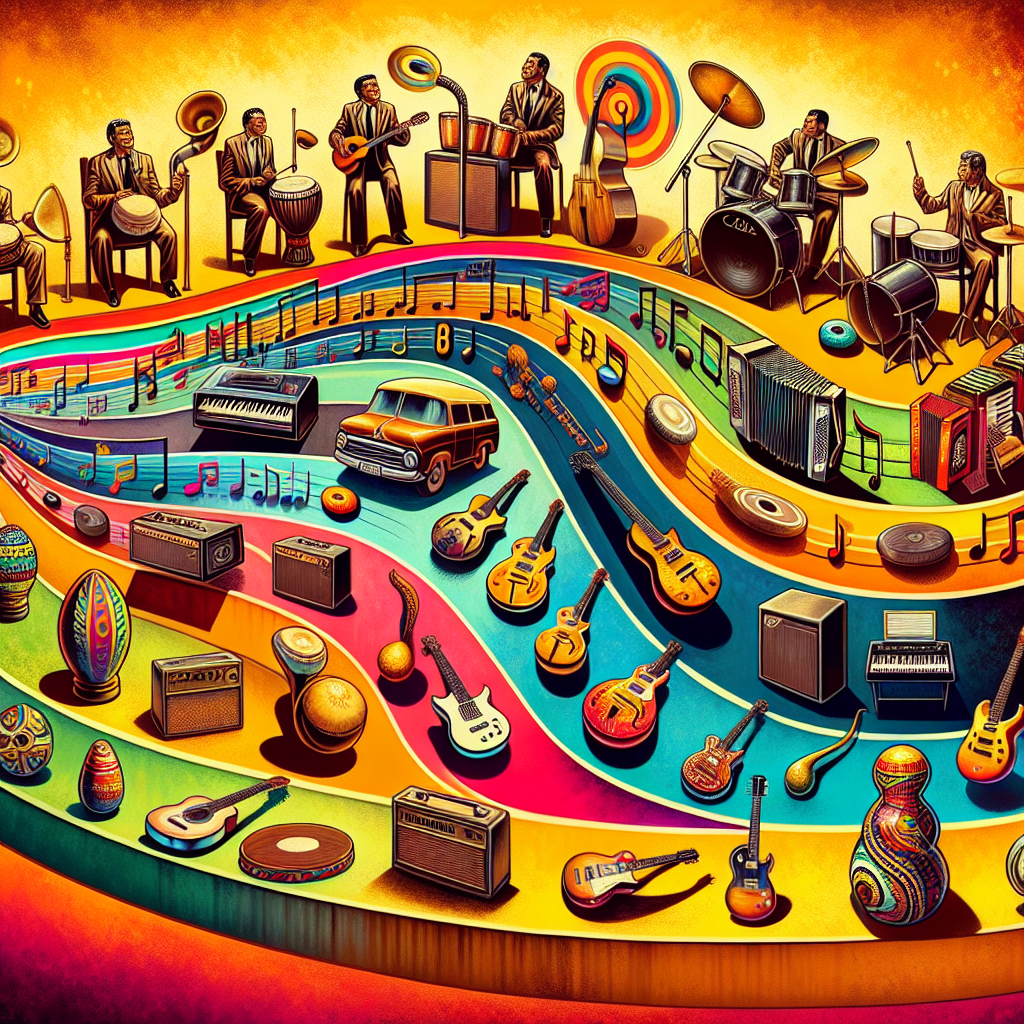Latin music dance is a cultural phenomenon that has made a significant impact on a global scale. These rhythmic dance forms are deeply rooted in Latin American culture, spreading their influence beyond geographic confines to the international music and dance scene. There’s a fascinating story to be told about the rhythm, the movement, the energy, and the rich cultural heritage behind every beat of Latin dance music. This article explores the captivating rhythms of Latin music dance, providing an insightful view into this exciting cultural phenomenon.
Latin Music Dance: An Overview
Latin music dance comprises a kaleidoscope of diverse dance forms originating from different regions across Latin America. Each of these dances reflects the inherent culture, traditions, and history of its origin. From Salsa born in the bustling streets of Cuba, to Merengue’s Dominican Republic roots, down to the passionate Tango from Argentina’s dance halls- Latin dance forms provide a rich tapestry of cultural expressions.
The Rhythms of Latin Dance
Each Latin dance is characterized by unique rhythms that dictate the flow and style of the dance. The pronounced beats, coupled with expressive movements, evoke a range of emotions from passion to melancholy, stirring an invigorating dance experience.
The fast-paced, quick-stepping Salsa captures a spirit of joy and spontaneity. Its rhythm, characterized by a quick-quick-slow step pattern set to a four-beat bar of music, is infectious and instantly sets a lively mood.
Merengue follows a quick marching beat, characterized by a one-two tempo that motivates dancers to swivel their hips in time with the music. This dance introduces a sensual undertone, blending allure and rhythm perfectly.
Tango is more controlled, characterized by its dramatic nature. Its rhythm follows both slow and quick tempo, encapsulating a mixture of intensity, passion, and charm.
Latin Dance as a Cultural Expression
Latin Music dance is not merely a form of entertainment. It forms an integral part of the Latin American cultural identity, help fostering social cohesion, community strength and cultural pride. Dance, in this context, is used as a vehicle of cultural expression, storytelling, and social bonding. It encapsulates the struggles, triumphs, and vibrancy of Latin communities, reflecting their resilience and spirit.
The Impact of Latin Dance Globally
Over the past few decades, the rhythms of Latin dance music have crossed borders, influencing global music and dance trends. Latin dance forms, such as Salsa, are now recognized and practiced globally, with international competitions attracting dancers and viewers from around the world.
Latin dance music’s appeal stems from its rhythmic diversity and emotive potential, capable of transcending barriers of language and culture. Its universal appeal symbolizes a coming together of people from diverse backgrounds, celebrating life through music and dance.
Conclusion
The rhythms of Latin music dance are a cultural phenomenon that continues to captivate the global stage. This assortment of vibrant and emotionally-charged dance forms encapsulates the beauty and diversity of Latin American culture. As we move to the beats of Salsa, Merengue, or Tango, we experience a piece of this rich cultural heritage, an expression of a people’s history, vitality, and passion.
FAQs
- What are some of the popular Latin dance forms?
- Where did Latin dance originate?
- Why is Latin dance music so popular?
- How has Latin dance music influenced global culture?
- Is Latin dance hard to learn?
Salsa, Merengue, Tango, Rumba, and Bachata are some of the most popular Latin dance forms.
Latin dance originates from various regions across Latin America, including countries like Cuba, Argentina, and the Dominican Republic.
Its distinctive rhythms, vibrant energy, and emotive potential, combined with its inherent ability to bring people together, contributes to the popularity of Latin dance music.
Latin dance music has heavily influenced global music and dance trends, inspiring new dance styles and popularizing existing ones on the international stage.
Like any dance style, Latin dance requires practice. However, its rhythmic and fun nature makes it enjoyable to learn.




